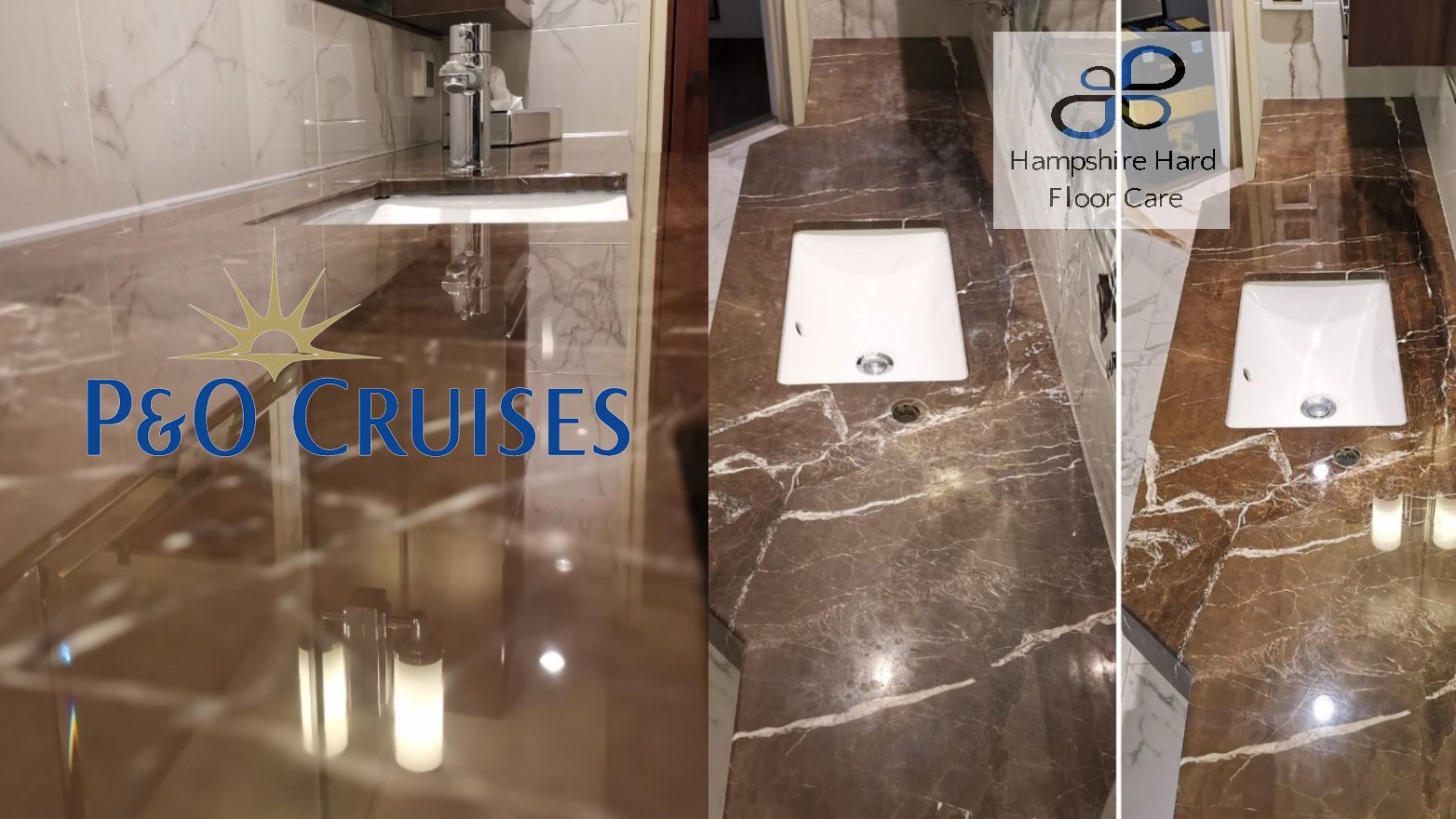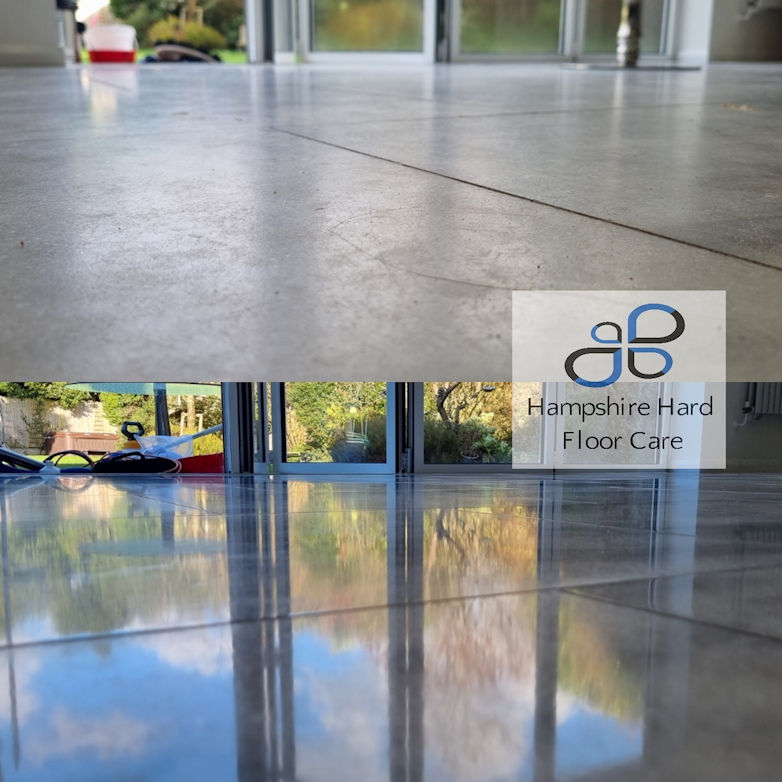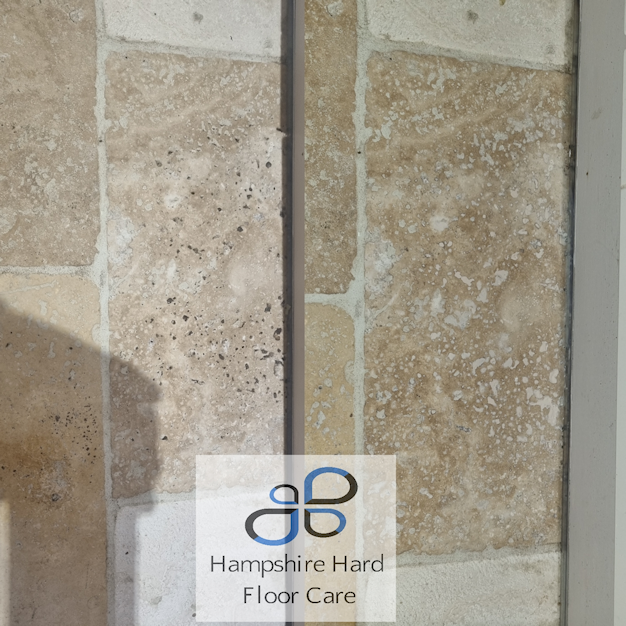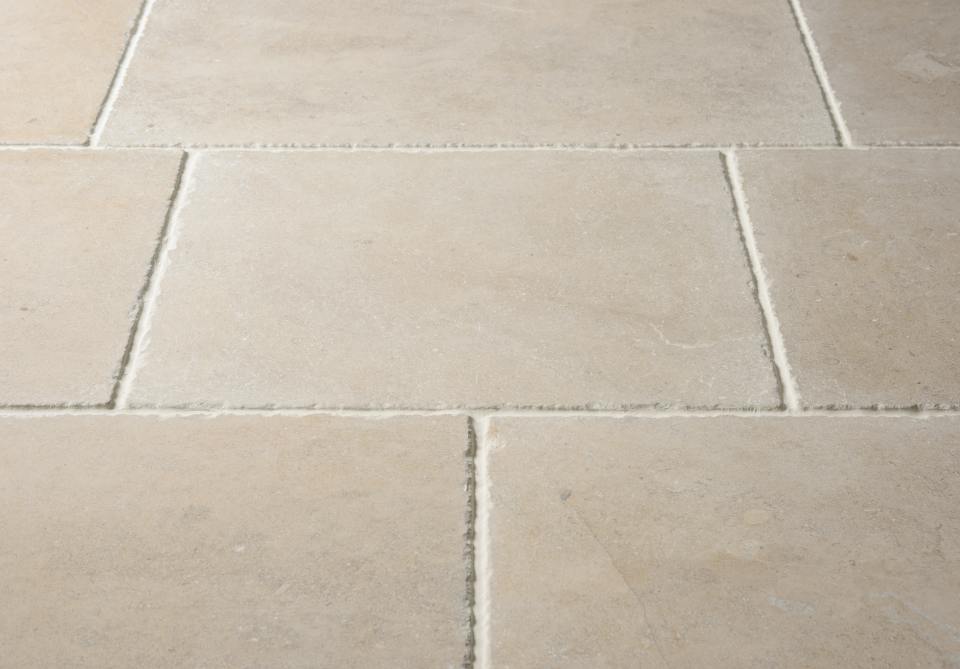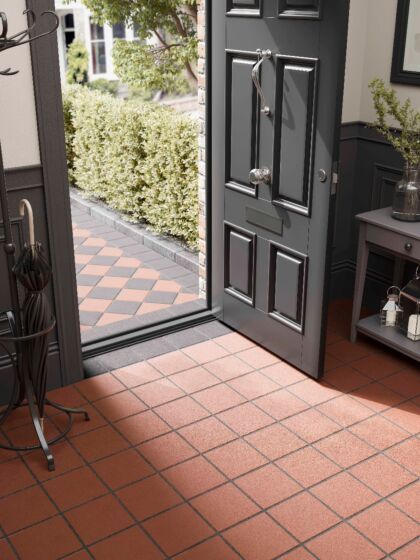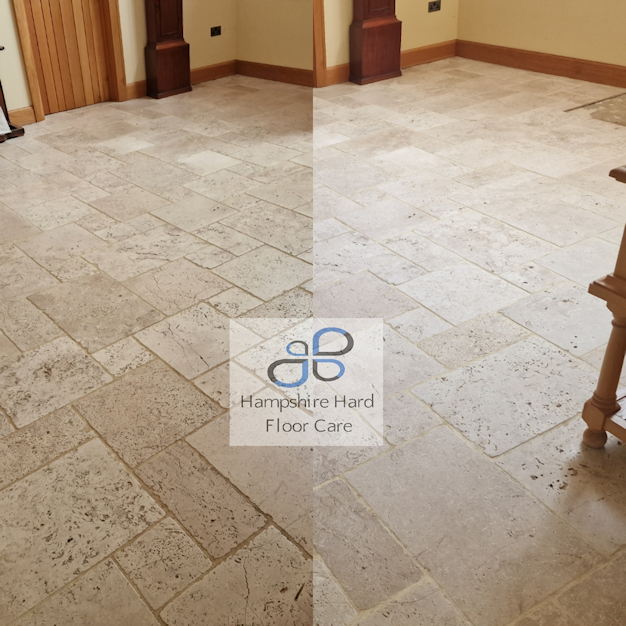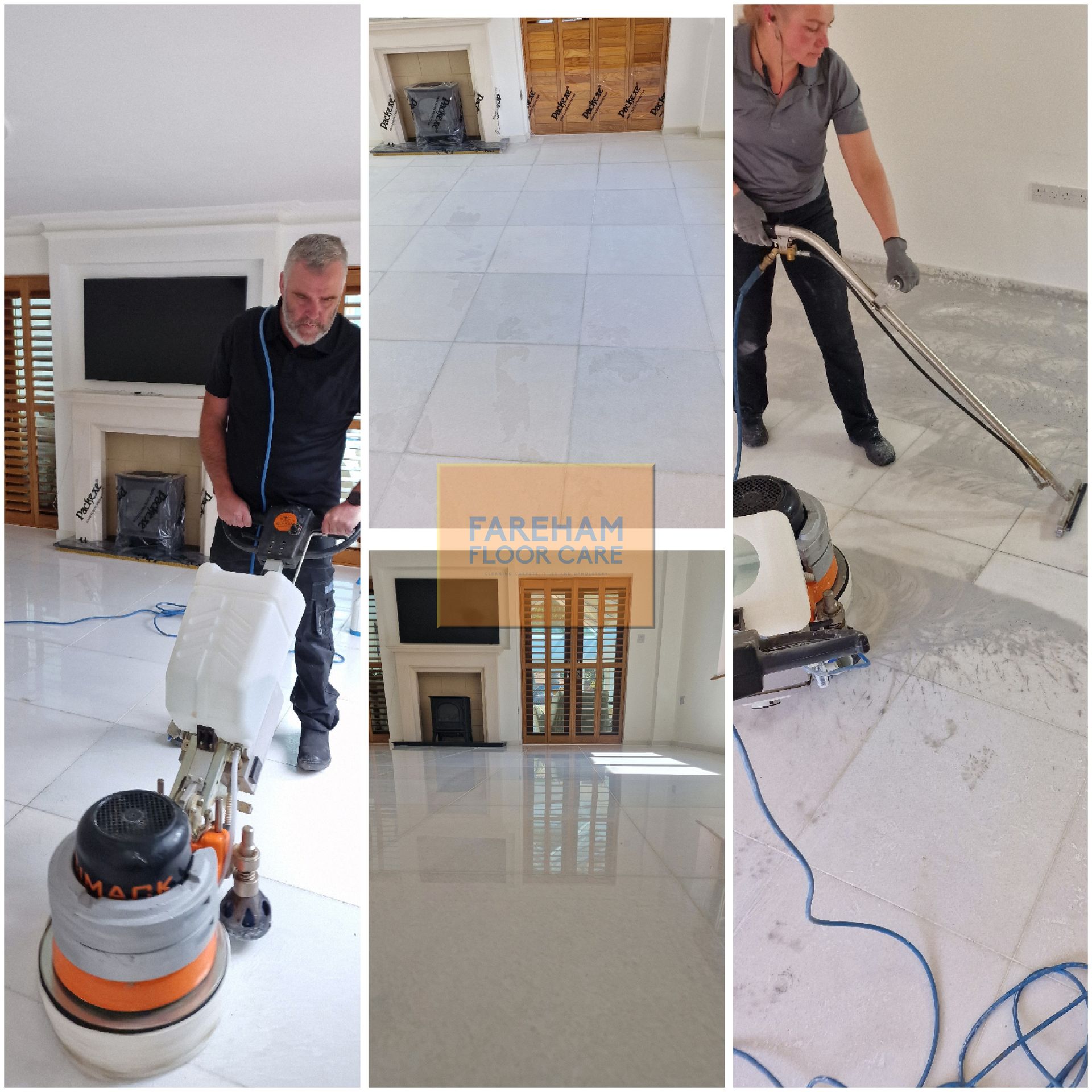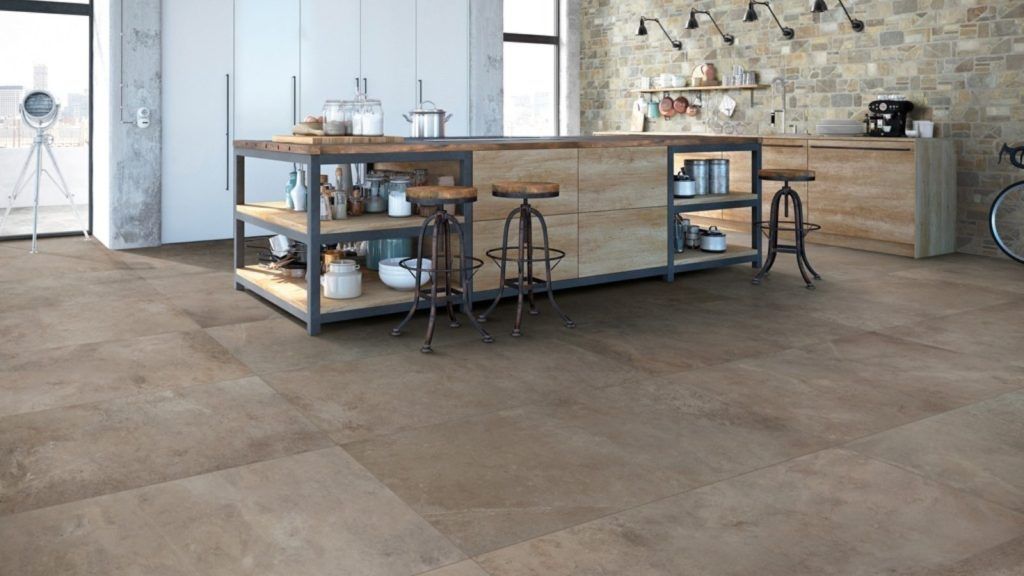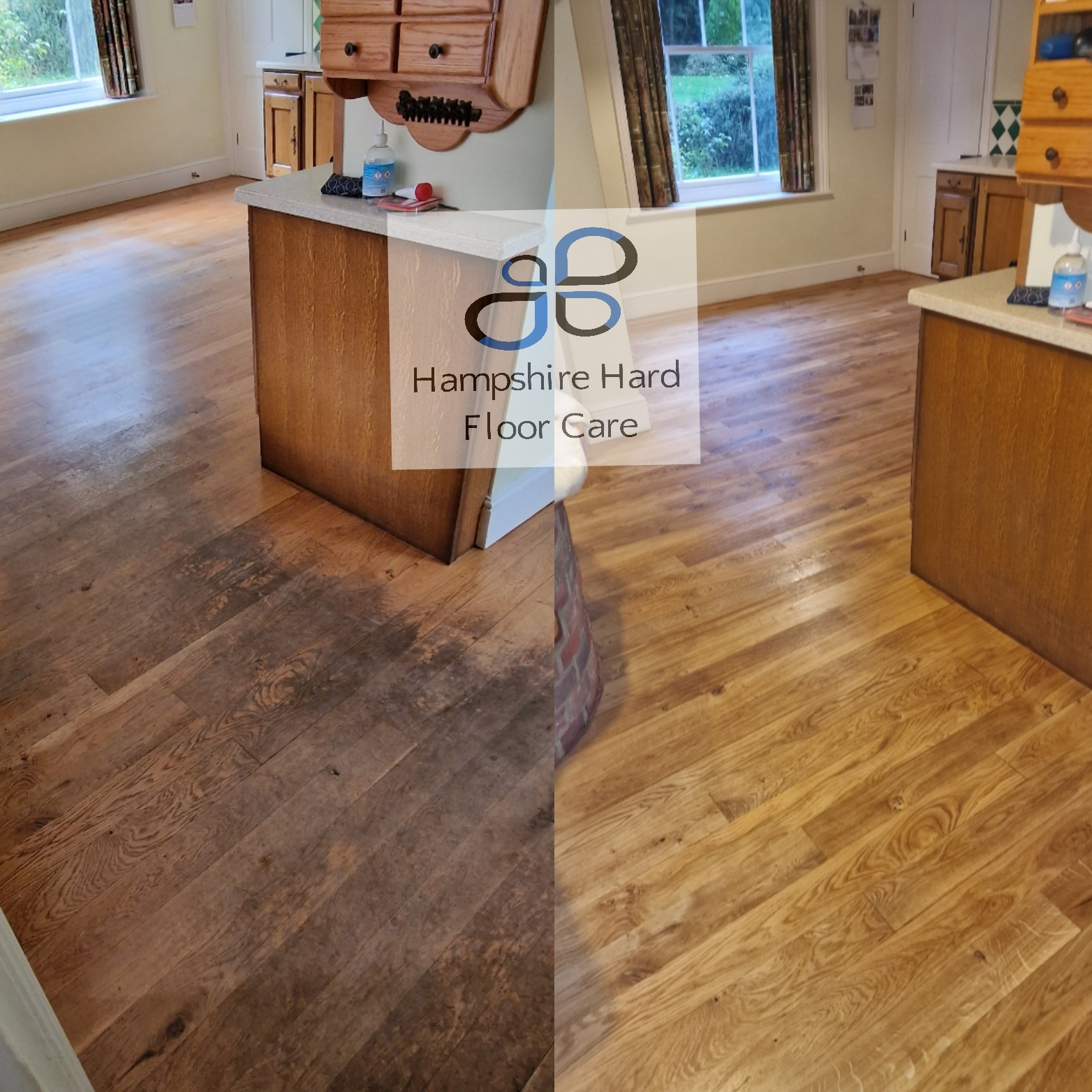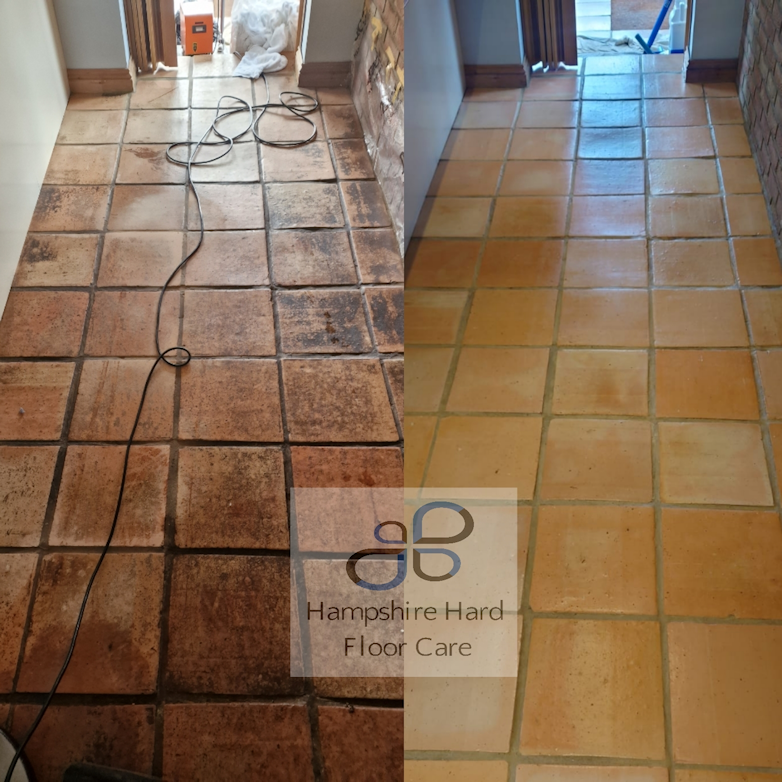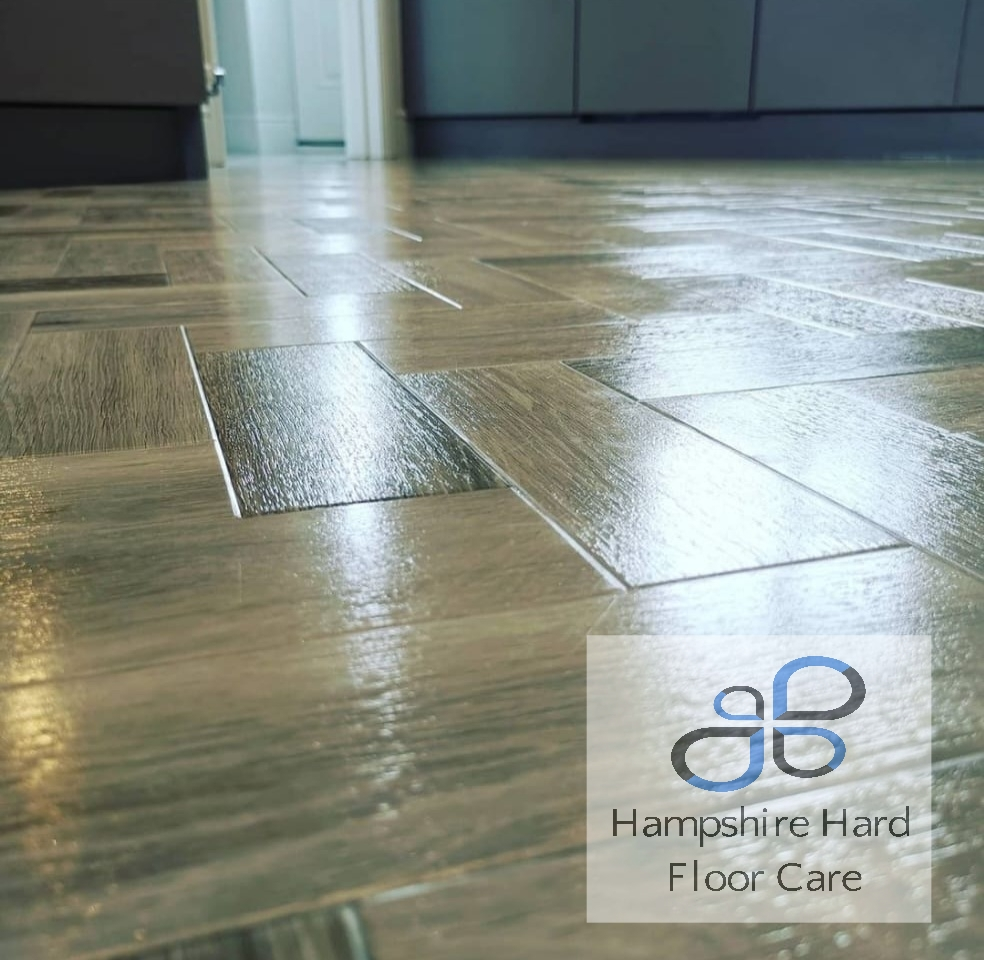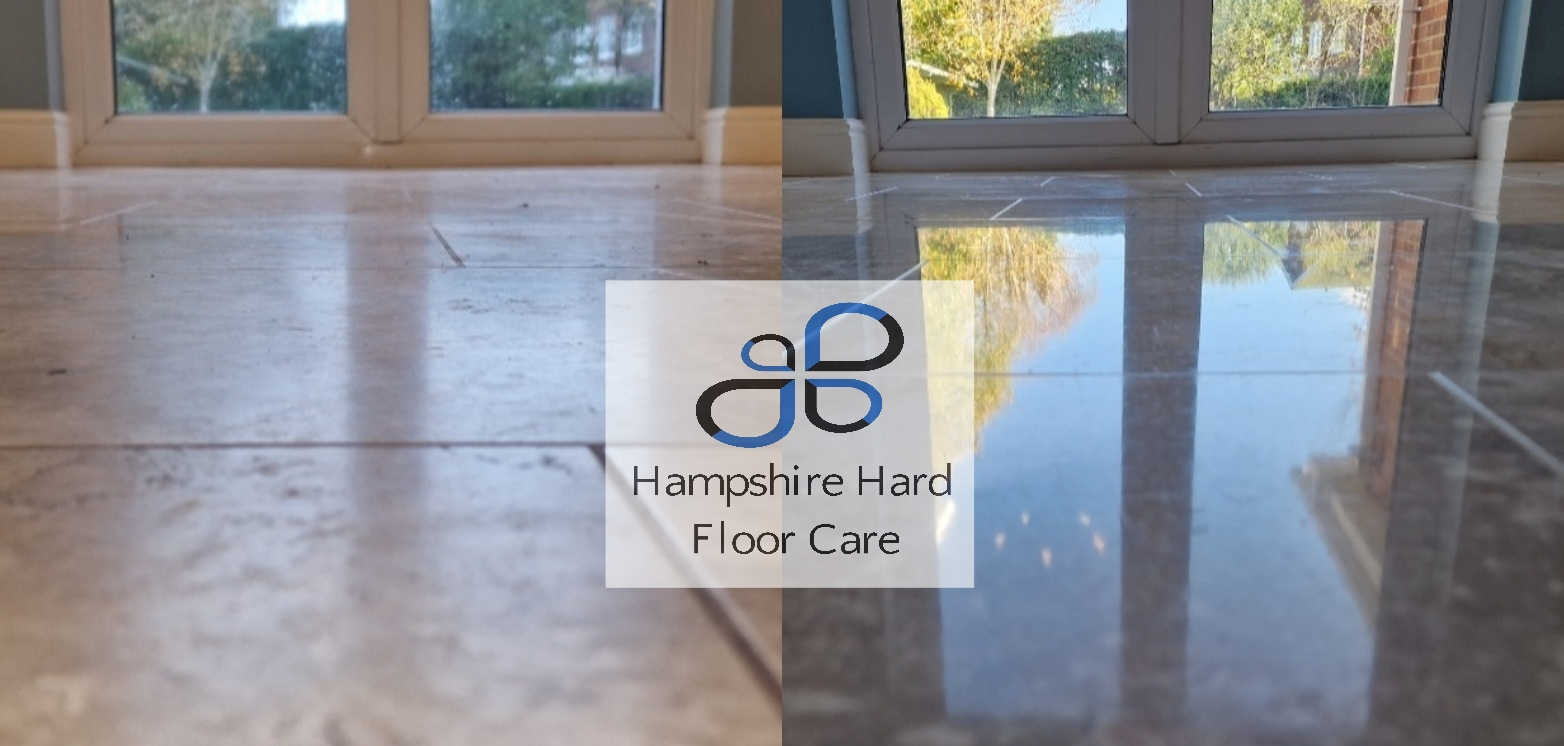Marble Magic: How to Preserve the Timeless Beauty of Your Marble Surfaces
Essential guide to caring for your marble floor, worktop and vanity unit
Marble surfaces exude elegance and sophistication, but keeping them pristine requires the right know-how. Whether you're a homeowner seeking to preserve your kitchen countertops or an interior designer maintaining a client's polished floors, understanding marble maintenance is essential. Stains, scratches, and etching can all take their toll, but with the right marble care techniques, you can keep these surfaces looking flawless. From using pH-balanced cleaners to applying marble sealants, we've got the tips you need to prevent marble damage. Let's dive into how to clean marble and embrace these essential practices for protecting your investment and enhancing your home's aesthetic with enduring grace.
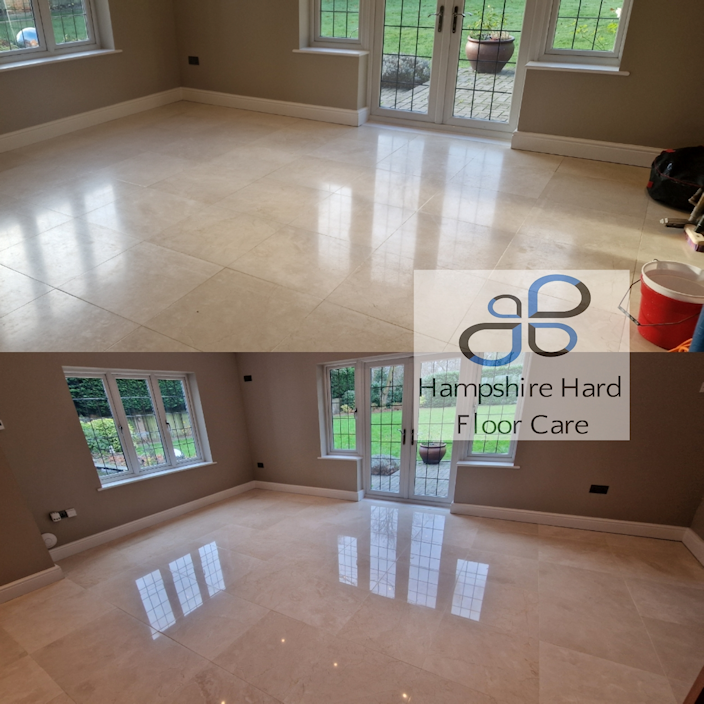
Essential Marble Care Techniques
Preserving the beauty of your marble surfaces requires a combination of proper cleaning, sealing, and preventive measures. Let's explore the key techniques that will help you maintain your marble's timeless elegance.
Importance of pH-Balanced Cleaners
When it comes to marble maintenance, using pH-balanced cleaners is crucial. Marble is sensitive to acidic substances, which can cause etching and dull the surface.
pH-balanced cleaners are specifically formulated to be gentle on marble while effectively removing dirt and grime. These cleaners maintain the natural pH of the stone, preventing damage and preserving its lustre.
For daily cleaning, mix a few drops of mild dish soap with warm water. Avoid using vinegar, lemon juice, or other acidic cleaners that can harm the marble. Always rinse thoroughly with clean water and dry with a soft cloth to prevent water spots.
Applying Effective Marble Sealants
Marble sealants play a vital role in protecting your marble surfaces from stains and etching. These products create a protective barrier that repels liquids and prevents them from penetrating the stone.
To apply a sealant effectively:
- Clean the surface thoroughly and allow it to dry completely.
- Apply the sealant evenly using a soft cloth or sponge.
- Allow the sealant to penetrate for the recommended time (usually 15-30 minutes).
- Wipe off any excess sealant and buff the surface to a shine.
Reapply sealant every 6-12 months, depending on the product and the level of use your marble surfaces receive.
Preventing Common Marble Damage
Preventing marble damage is easier and more cost-effective than repairing it. Here are some key prevention strategies:
- Use coasters under glasses and place mats under hot dishes to prevent etching and heat damage.
- Wipe up spills immediately, especially acidic substances like wine or citrus juices.
- Avoid dragging heavy objects across marble surfaces to prevent scratches.
Regular dusting with a soft cloth can prevent the build-up of abrasive particles that might scratch the surface over time. For marble floors, use doormats at entrances to reduce dirt and grit tracked in from outside.
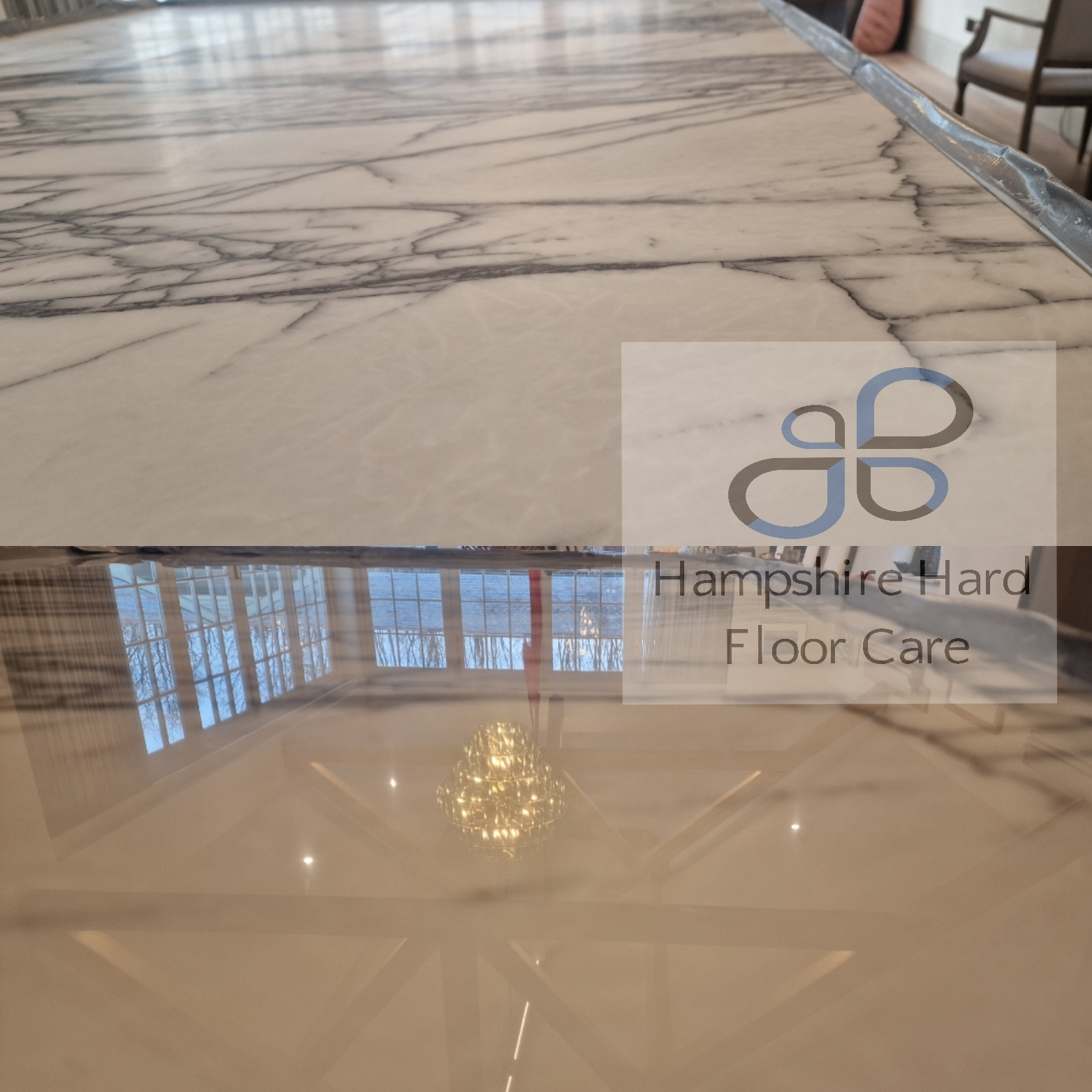
Professional Maintenance Services
While regular home care is essential, professional services can provide deeper cleaning, restoration, and maintenance for your marble surfaces. Let's explore the benefits of these expert treatments.
Benefits of Marble Polishing
Professional marble polishing can restore the shine and lustre of your marble surfaces, bringing them back to their original glory. This process involves using specialised equipment and abrasives to smooth out minor scratches and etching.
The benefits of professional polishing include:
- Removal of surface imperfections
- Enhanced shine and clarity
- Improved resistance to staining
- Extended lifespan of the marble
Regular polishing can help maintain the appearance of high-traffic areas and keep your marble looking its best for years to come.
Scheduling Routine Professional Restoration
Routine professional restoration is key to maintaining the long-term beauty and integrity of your marble surfaces. These services go beyond regular cleaning and polishing to address deeper issues.
Professional restoration may include:
- Deep cleaning to remove stubborn stains
- Honing to eliminate etching and light scratches
- Crack and chip repair
- Resealing for enhanced protection
Experts recommend scheduling professional restoration every 1-2 years, depending on the condition and use of your marble surfaces. Regular maintenance can prevent the need for more extensive and costly repairs down the line.
Marble Scratch Removal Techniques
While minor scratches can often be addressed with home care, deeper scratches require professional attention. Marble restoration experts use a variety of techniques to remove scratches effectively.
The process typically involves:
- Assessing the depth and extent of the scratches
- Selecting the appropriate abrasive materials
- Carefully grinding down the surrounding area to level out the scratch
- Polishing the treated area to match the surrounding surface
For deeper scratches or chips, professionals may use epoxy fillers tinted to match the marble's colour. After filling, the area is carefully smoothed and polished to blend seamlessly with the surrounding stone.
